In the courtroom, there are really two “prongs” on which to secure a conviction, or argue against one. The first is forensic evidence [direct DNA evidence, fingerprints etc]. The second is circumstantial evidence [indirect evidence, witness testimonies, alibis or lack of]. Sometimes one prong is emphasized over the other. Other times they’re used to complement a particular argument.
Examples of cases where circumstantial evidence was more important include the murder of Laci Peterson and triple axe murderer Henri van Breda. In the Peterson case there was virtually no trace of Laci other than a single hair in a needle-nose pliers in Peterson’s boat, and cadaver odors.
In the Van Breda case there was an Armageddon-like crime scene overflowing with blood. In the latter case there was so much blood and DNA it was slippery to sort out and somewhat confusing. The main thrust of the defense case in the Van Breda trial focused on nitpicking DNA samples that were inconclusive.The Judge in the Van Breda case said if all the DNA evidence was excluded [from the prosecution side and the defense side] the circumstantial evidence remaining was still compelling, and overwhelming.

Examples of cases where DNA evidence was more important [and arguably too important] include the Amanda Knox case, OJ Simpson and Madeleine McCann. If DNA can be used to convict, any uncertainty around its scientific veracity means it can also become the fulcrum around which a defense can secure an acquittal.
Examples of cases where DNA evidence was used to argue a case but shouldn’t have include the JonBenet Ramsey case and arguably the Madeleine McCann case. In both these cases circumstantial evidence ought to have been sufficient.
Where a crime scene is severely contaminated or compromised, reasonable doubt exists surrounding forensic samples that are typically not quite good enough to qualify as sufficient. The law requires forensic samples to be 100% accurate, and the protocols in collecting them to be professional and beyond reproach.

The third dimension to the true crime pitchfork is psychology, or in the parlance of the genre, “motive”. Unfortunately, modern criminal law no longer puts much value in motive, just intention [or Dolus]. As a result, more than a few trials conclude with the court unable to explain why the crime even took place [Chris Watts, Casey Anthony, Amanda Knox, Oscar Pistorius, Henri van Breda etc.].
The courts say knowing why doesn’t matter, just that knowing when, what, where and how is sufficient. It may be sufficient for the law, but it’s not adequate for human beings.

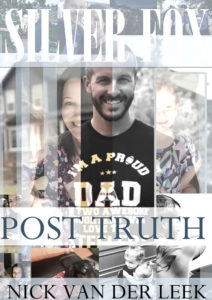
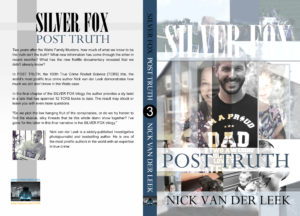



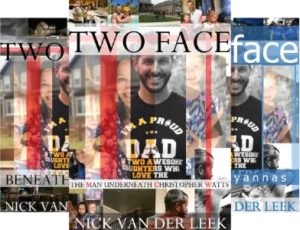

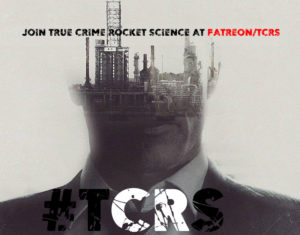

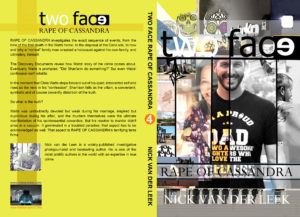
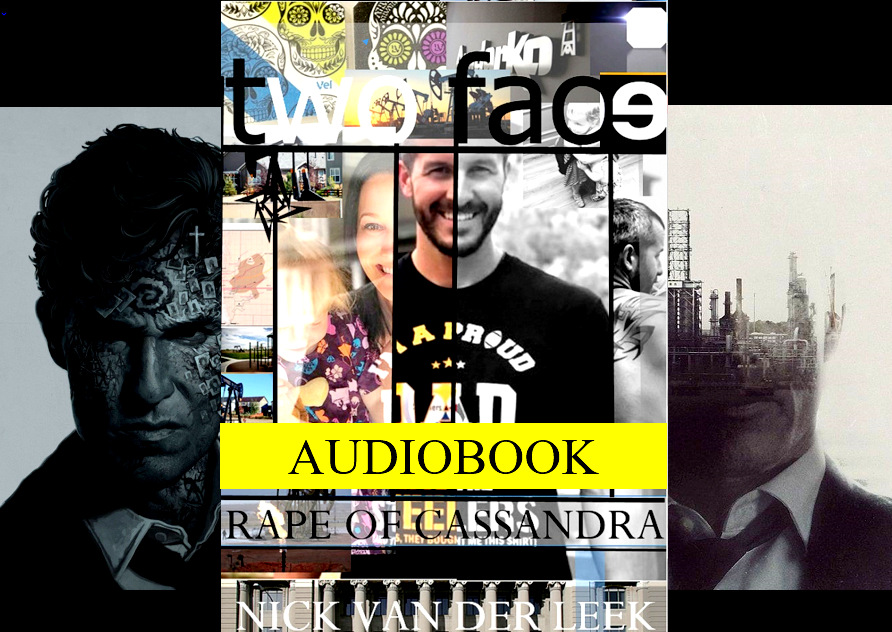
Have the courts ever used psychology in cases ?
Do any courts throughout the world use psychology in cases ?
Makes me wonder if there isn’t concrete evidence, so they don’t use it
Psychiatric evaluations are sometimes used, as they did in the Oscar Pistorius case. Sometimes expert psychologists are brought in but they tread a fine line potentially usurping the authority of the court – as happened in the Rohde and Van Breda trials.
https://www.iol.co.za/capeargus/news/rohde-expert-witness-dismissed-for-regurgitating-testimonies-15437665
https://ewn.co.za/2017/11/07/van-breda-defence-s-last-attempt-to-solidify-evidence
It’s a difficult tool, because it’s sometimes conflated as character evidence.
I’m referring to psychology here as part of true crime, not criminal law. It should be used more in criminal law not to prove a case, necessarily, and not as the main thrust, but for one or other side to explain why a crime was or wasn’t committed.
I love this one Nik! I agree-though the courts do seem to intuitively understand that, though they aren’t compelled to provide motive by law, people naturally want to understand. Often it’s obvious and simple-greed, jealousy. It can be tortuous to listen to days of testimony-George Anthony’s “ molestation” for example-when a simple picture of her partying (ahem “ doing her own investigation”) pretty much explains it. To me, Casey Anthony is an obvious clinical psychopath.
With some family murders though the motive issue becomes really difficult to explain, understandably so. . The prosecution in my opinion often fucks up a case by theorizing a motive or several motives and gets it wrong. That’s why the prosecutor in the Watts case said he had a “partial motive”: it just sounds hollow to say “money and a girlfriend” and really, those are surface issues. People who also have annoying kids, an overbearing wife, and credit card debt want to know the difference between themselves and Chris Watts. Many people could have this motive and zero ability to kill, let alone their kids, and it leaves people wanting to know what “it” is. It seems that no one has a very satisfying answer unless there is an obvious history of violence.
I personally really think people’s behavior in the days immediately before and especially after the murder is particularly telling. I’m 100% positive that if I killed someone or even saw a dead person in an accident or something I’d be unable to act normal. I could not go to work or fake it. Defense attorneys often claim the killers were in shock or insane and that’s why they were at a party having a good time or laughing or having sex etc. This drives me crazy cause often it actually works. In reality it’s exactly what it looks like-celebration, relief, and/or not giving a shit-ness.
Good post, Sideaffected! An example of this type of logic is how people in the news accused of murder are said by their defenders to “grieve differently. ” Casey Anthony, Ross Harris, Darlie Routier, the list goes on. Grief that doesn’t look like grief at all! I know myself, and never could I behave in a normally expected way if I committed any crime, much less murder. By the same token, were I to lose a child to any type of death, I would not be capable of partying or answering routine questions or carrying on with life. I’d probably be hospitalized and sedated to oblivion, because my heart could not bear it.
I agree that observation of a person in the days preceding and following a crime or a “disappearance” provide a lot of clues that might be missed if one goes merely by the narrative provided by the suspect. Subtle things, often.
Unfortunately the “odd behaviour” of a suspect argument can also be used in court in favour of the suspect, especially where the behaviour is very odd. Casey Anthony and Amanda Knox’s oddball behaviour was used successfully to dismiss and undermine their culpability. The same thing happened with limited success in the Oscar Pistorius case [screams like a woman, approaches danger when he is terrified and has an alternative escape route etc].
And this is exactly what Chris Darden tried to do in the Simpson trial. He played those 911 calls from Nichole Brown, he painted a scenario that she had finally truly left him, that he couldn’t have this woman, he could have any woman but he couldn’t have this one – this one didn’t like him anymore and O.J. had to be liked by everyone. That he was stalking her. That the night of Sydney’s dance recital she didn’t save him a seat with her family nor did she invite him out to dinner afterward. Marcia Clark thought the DNA evidence would convict him alone but up against DNA experts from the dream team they could show how the blood evidence “might” have been contaminated by incompetent crime scene techs. And then there was O.J.’s image – he was a sports hero and an icon to many African Americans – when in reality it was affluent white people O.J. hung out with, lived with, played golf with. The State versus Orenthal James Simpson was out foxed, out manned and out gunned. How do you take down an icon in court? Jury selection. And this is where Marcia Clark lost the case before it even started.
I was working at an Olive Garden restaurant when the OJ verdict was announced over the radio playing back in the kitchen. The “front of the house” was mostly white; the “back of the house” was mostly black. It was a stark contrast – when the verdict was announced, all the black employees cheered. The white employees were silent.
Scary how susceptible huge groups of people are to bias, and how transparent that bias can sometimes be.
Well, given how charged the OJ Simpson trial was – and how long it had gone on – I’d like to think that, if he had been convicted, while the white employees might have felt some deep sense of satisfaction at justice delivered, they would not have cheered, out of consideration for the feelings of those who had defended OJ as innocent in the brutal murder of his wife.